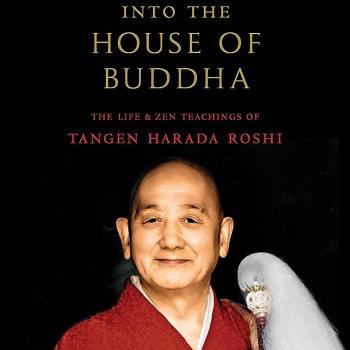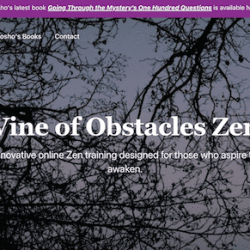First a clarification about how people in different cultures construct the self. Except for the modern individual self (a recent development in human history), most cultures have encouraged the construction a self based on one’s role and relationship with a group or community, much more than the modern emphasis on individuality in the “me” world now playing at a theatre near you.
The focus on the individual seems to be contagious. A person I supervise who grew up in Africa came to me once and said, “I always give up my breaks because I am African and we always sacrifice for the community. But today I have a headache and today I am American so I don’t care what others need, MUST HAVE MY BREAK!”
But I don’t mean to suggest that the group self is any more enlightened than the individual self. Anybody who has spent time in a Japanese monastery will probably agree that the group self is just another way of doing self with a range of advantages (not so “all about me” and a palable sense togetherness) and disadvantages (“the nail that stands up gets pounded down”).
So in Dogen’s statement, “To study the Buddha Way is to study the self,” the “self” here isn’t limited to the group self or the individual self.
Second, if we want to study the Buddha Way and tentatively take it on faith that the way to do this is to study the self, then we best be really clear about what this self is. Group self or individual self (as well big Self and little self) fall short of conveying Dogen’s meaning. There is no one size in self.
Whatever the definition, of course, self must be verified, it must be realized in order for it to have power, to make gold from dirt, to make sweet cream from muddy water.
How can the self be realized? Through wholehearted participation in the study of fixed sitting.
To aid this study, the other day I brought up this passage of Dogen defining self,
All the worlds in the ten directions are the radiance of the self. The self means the nose before your father and mother were born. The nose inadvertently in the hand of the self is called “all the ten directions.” Thus when the self appears, it is the truth unfolding.
Last night in the study group, we worked through these lines and the following reflections come from that conversation.
“All the worlds…” is “You are not it but in truth it is you.” Dogen shows us the flip from upside down to rightside up that’s necessary for living Zen. It’s also called the mysterious pivot or the 10,000 dharmas advancing and practicing/verifying through the self. Koan Zen stresses this point and those doing shikantaza Zen often realize it as well … although more often it’s inadvertent and unappreciated and not culled out.
What we study is the radiance of all worlds. So Katagiri Roshi would say, “How sublime human life is!” However, this might sound kinda woo-woo so you gotta wonder were we find it. Right in our very nostrils.
The self means the nose before your father and mother were born. Katagiri Roshi, like most Japanese, would point to his nose when saying, “This fellow, Katagiri” just like most Americans point to their chests or hearts when gesturing “I.”So the nose represents the essence of the self – what can be pointed to. Back in 1929, before my mom and dad were born, where was this nose that I now can grasp? Maybe there was the potential for this nose or consciousness that led to this nose or the karma that led to this nose but it certainly can’t be seen or grasped or located.
The nose inadvertently in the hand of the self is called “all the ten directions.”
GS zinged this one last night. It’s about doing. It’s like the movement of Great Compassion groping at night for a pillow. Thus when the self appears, it is the truth unfolding.
Which self? Aka, genjokoan.
Reflection and Comments (practice period participants post here):
– Inadvertently try this one at home. Take up “The nose inadvertently in the hand of the self is called all the ten directions.”
– Play
– What does your study reveal?











